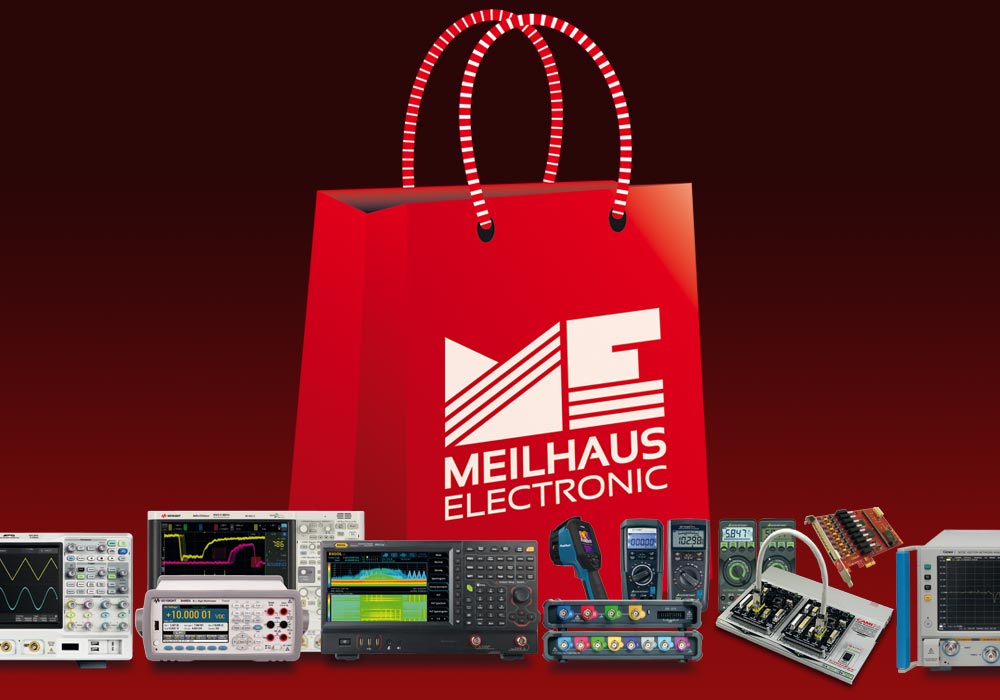Motion Control
Motion control - control stepper or servo motors with a PC via USB, Ethernet/LAN or as PC board

Find the Perfect Position: Stepper Motors and Servo Motors
A motor converts thermal, hydraulic, electrical and other forms of energy into kinetic energy with the aim of performing mechanical work as a drive. The most frequently used motors in practice today are electric motors. Depending on their size and power, they can be found in industrial machines, automatic machines, computer-controlled machine tools, 3D-, matrix- and other printers, model making, household appliances, automotive/vehicle and more.
Some applications require the ability to determine the motor shaft rotation position - for example, for positioning print heads, tools, read/write heads in drives, etc. The special motor types used here are stepper motors and servo motors. In automobiles today - in addition to the actual drive - many servo and stepper motors are active for actuating various mechanics, such as flaps of controlled heating/air conditioning systems, power window, seat adjustment, retractable radio antennas and more.
"Step by Step": The Stepper Motor
The stepper motor consists of a stator and a rotor. The stator is the stationary, non-rotating part of the motor. The rotor is the part of the motor connected to the shaft that rotates. The rotary motion is triggered by a rotating electromagnetic field. This field is generated by electromagnets/coils placed at defined locations around the rotor in the stator: A current through the individual stator coils generates electromagnetic fields. The strength and direction of the current flowing through each coil affects the direction and strength of the individual magnetic fluxes. Thus, in the stepper motor, the rotor can be rotated stepwise through a defined angle or multiples of the angle (including the possibility of electronic step division). However, the stepper motor can only perform one step at a time, with all steps being of equal size. For each step, a current pulse must be sent to the stepper motor and triggers a rotational movement with a fixed angular size. Thus, in principle, control of the stepper motor position is possible without a feedback signal (i.e. "open loop"). If current pulses are sent at a fast frequency, the stepping motion becomes a continuous rotary motion. The rotational speed is directly proportional to the pulse frequency.
Advantages of stepper motors:
- Cost-effective.
- Simple control. Easy control of rotor position and rotor rotation speed.
- Fast start/stop response and simple start/stop characteristics. Quick change of the direction of rotation.
- High torque at low rotation speed.
- High reliability and mechanical resistance (motor without brushes).
Disadvantages of stepper motors:
- High power consumption, power supply required even at standstill.
- Torque decreases with rotation speed.
- Stepping losses in case of malfunctions or insufficient torque (i.e. steps are skipped whereby the current position information of the rotor is lost). To prevent this, feedback is required using a sensor or encoder.
"Everything under Control": Servo Motor
Servo motors are motors with an additional feedback loop that operate in a closed control loop (i.e. "closed loop"). A sensor is used to determine the position. It determines, for example, rotational speed, angular position of the shaft and acceleration. Together with the servo controller, a classic control loop is created which controls the motor movement or position according to specified set values (e.g. speed, angular position) and on the basis of the actual values reported by the sensor. The servo motor and servo controller form the servo drive. The motor itself can be any type of motor - the difference is mainly not the motor itself, but rather its control in a closed loop. Electronic servo motors are usually DC or poly-phase motors (synchronous or asynchronous motor) and are controlled by a frequency converter.
Due to sensor technology and control loop, servo motors are more complex in terms of both design and control than pure stepper motors without feedback. However, they also have many advantages, especially with high loads. Due to closed-loop control, there are no inaccurate position starts caused by step losses. When a stepper motor controller is switched off, the information of the current position is lost. For this reason, a so-called "reference run" is often carried out after switching on again. In the case of the servo motor, the current position is supplied to the control loop by the sensor. Closed-loop stepper motors combine the advantages of pure stepper motors with those of servo motors.
Perfect Control with OMS Motion Controllers
Motion controllers from OMS offer you a flexible basis for precise control of servo and open/closed-loop stepper motors with PC-based embedded systems (interfaces/buses: USB, Ethernet, PCI, VME). They offer a wide range of functions for comprehensive movements, fit into even the tightest design frames and are amazingly affordable.



























